Table of Contents
Department stores, who often sold branded merchandise, commonly had their origins as drapers, grocers or merchant stores. Some started as early as the 1840s to 1850s. Other stores that had there own branded buttons were haberdashery/sewing stores. These were sometimes just single stores, but could be a successful chain of stores across the nation.
J
Jas Marshall and Co., Adelaide
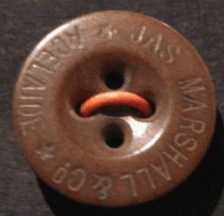
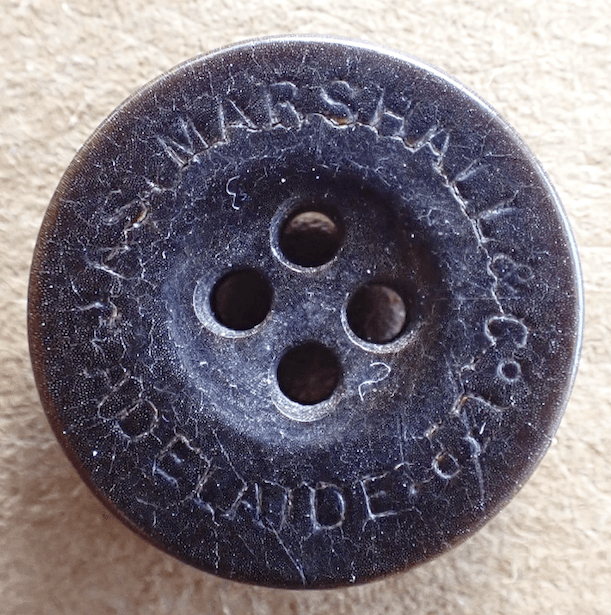
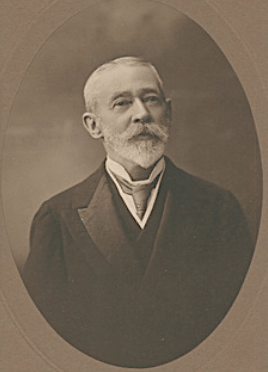
State Library SA. Photo c.1905 James Waddell Marshall https://collections.slsa.sa.gov.au/resource/B+11243
James Wadell Marshall (1845-1925) was born in Scotland and moved to Adelaide in 1867. Along with William Taylor and James Porter he bought out the business of the retiring John Hodgkins in Rundle street, and set up as James Marshall & Co, drapers and importers in 1879. They became a limited liability company in late 1901 and grew to be a large department store, until taken over by Myers in 1928.
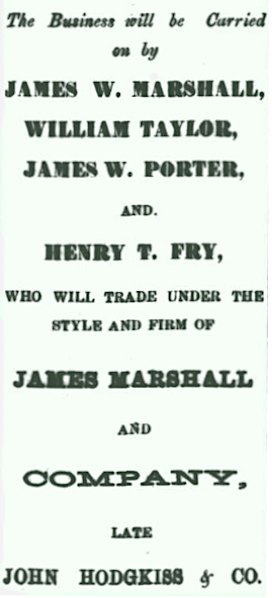
The South Australian Advertiser, 19th August 1879 page 9.
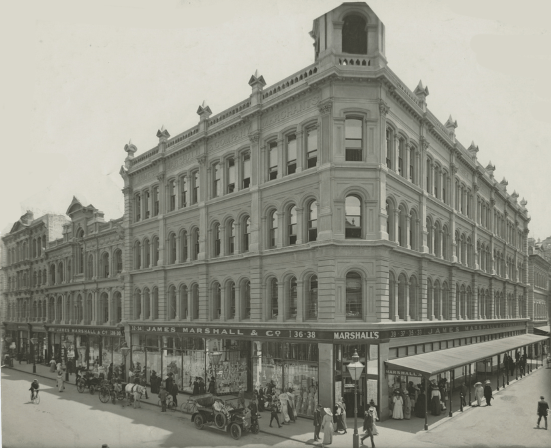
James Marshall c.1910. State Library SA
J. Miller Anderson & Co., Adelaide
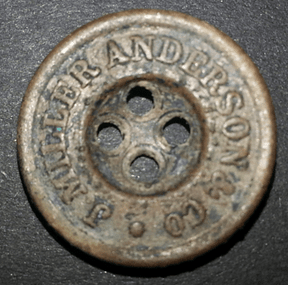
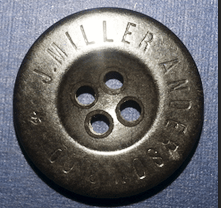
These buttons reach back to the early days of Adelaide.
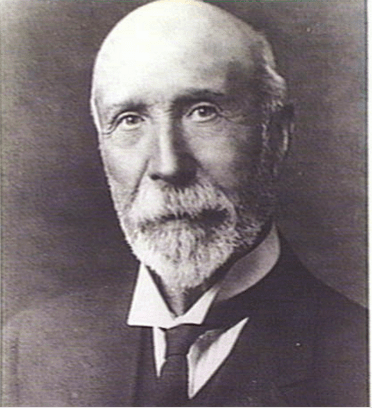
State Library SA: James Miller Anderson c.1900 https://collections.slsa.sa.gov.au/resource/B+52948
James Miller Anderson (1828-1923) was a draper and merchant from 1857, when the partnership of ‘Miller, Anderson and Company’ was dissolved, which in turn sprang from ‘Miller, Anderson and Hawkes’ (before the death of Robert Hawkes in 1856.) This in turn sprang from ‘Miller and Lucking’ in 1848, and before that ‘Miller and Bryden’s’ in 1843. This was preceeded by ‘Sanders and Miller’ in 1841 which came about from the amalgamation of two drapers, ‘Sanders and Whyte’ (from 1839) and ‘Miller and Gale’ (from 1840), both situated in Hindley Street, Adelaide. Whew!
A new store was built in 1863 which was used for the next century. Around 1927 the Sydney company ‘Marcus Clark & Co’ acquired the business. Waltons bought ‘Marcus Clark’ in 1966 then Venture bought Waltons in 1987. Unfortunately, Miller Anderson went into receivership the following year, after 148 years of trading as the state’s oldest department store.
The story below came from The Advertiser, 28th December 1936 page 1.
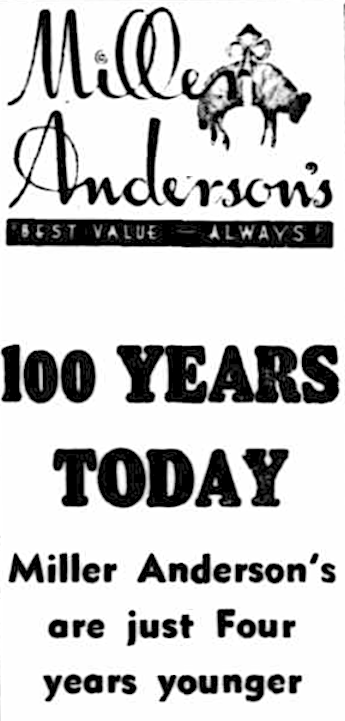
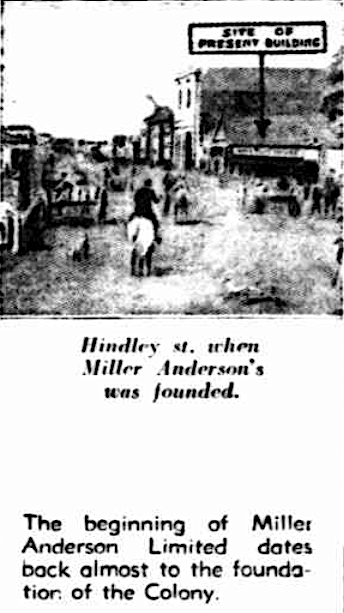
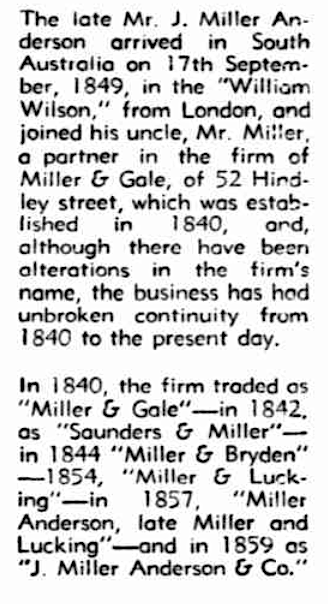
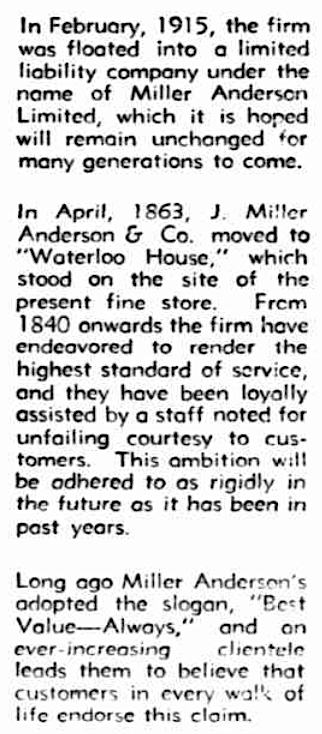
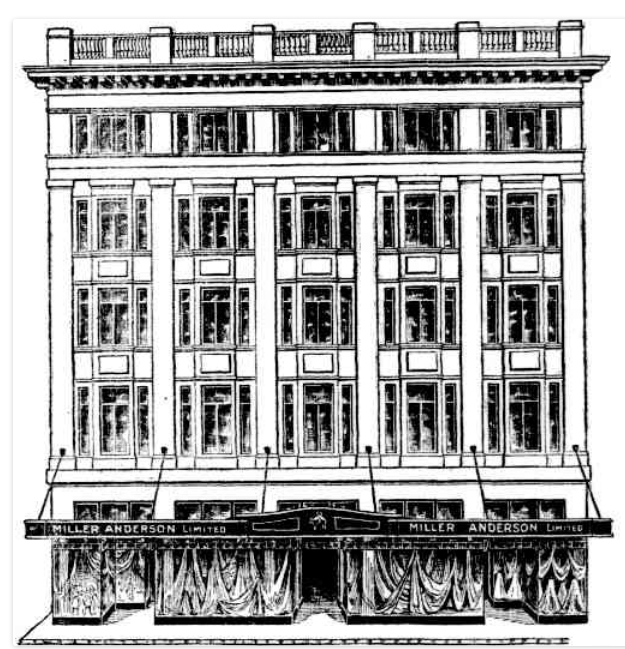
The Advertiser 12th July 1933 supplement, page 5
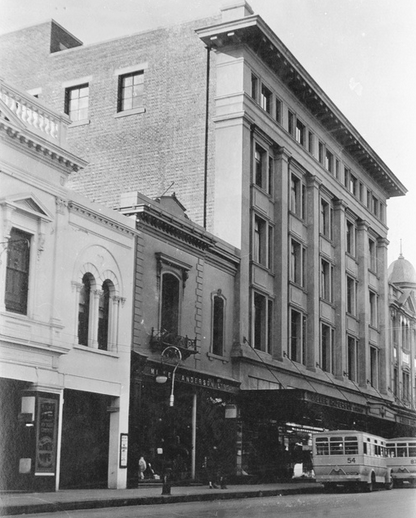
State Library SA Miller Anderson Building, 1926. https://collections.slsa.sa.gov.au/resource/B+3440
John Martin & Co. Ltd., Adelaide
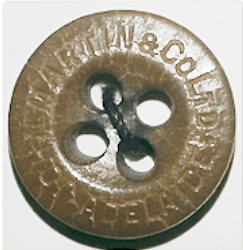
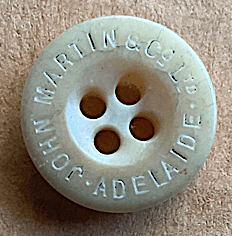
In 1866 Otto Peters and John Martin founded ‘Peters & Martin’ as a single fronted drapery store in Rundle Street. After Peters left in 1871 Martin continued on his own, successfully expanding into adjoining properties. By 1880 the company directors now included john Martin, Edward W. Hayward, of the prominent South Australian pioneering family, Richard Martin and W. Charles. The Hayward family would continue to be involved until it was sold to David Jones in 1985.
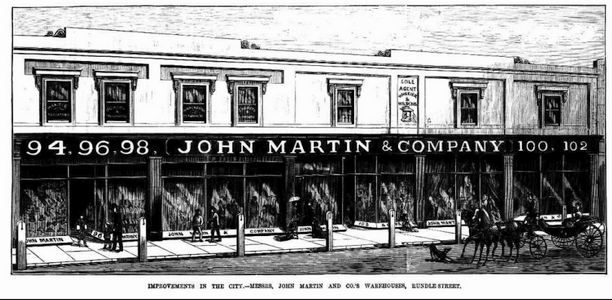
The Illustrated Adelaide News, 1st November 1878 page 12.
The business became a limited liability company in 1889. That year John Martin died, a victim of his own success, according to a newspaper story …

The Sun (Kalgoorie) 30th September 1906 page 9.
‘John Martin’s’, also known as ‘Johnnies’, developed a national chain store in the 1970s (Venture) which was later sold. In 1985 the firm was bought by David Jones.In the 1990s, unable to keep up sales, various store were sold to competitors and re-branded. The last store under the John Martin name to close was the flagship store in the Rundle Mall on 18th March 1998.
See also http://www.austbuttonhistory.com/18th-february-2024/
John Thomson & Co., Hamilton
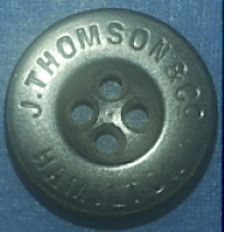
Around 1866 the Thomson family, Scots who had moved to Hamilton in 1852, opened an iron store in Gray Street. This was replaced with a stone structure in 1875. The success of the store necessitated several expansions in the following decades. In 1936 the company was listed on the stock exchange. It was the first department store in Western Victoria and supplied ” every requisite for household, farm or station.”
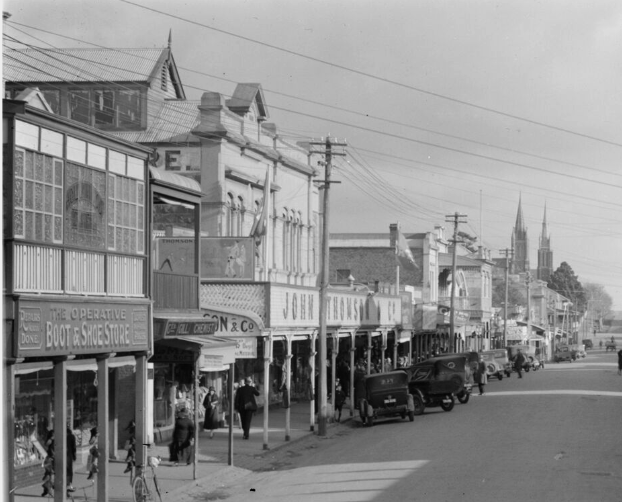
Detail from postcard showing the store on the left. State Library Victoria https://viewer.slv.vic.gov.au/?entity=IE882354&mode=browse
Jones Bros., Port Adelaide
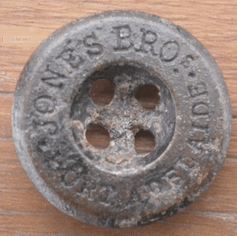
In 1864 Mr Vickery Young Jones (1845-1928) joined a drapery firm, with his bother Zechariah Herbert (1847 -1923) joining around 1867. When the owner sold out in 1877 the brothers bought the firm. They were successful, expanding the business to 70 employees by 1898, with branches in Commercial Road, Port Adelaide, and also in Semaphore.
In 1908 the St Vincent Street, Port Adelaide branch of John Martin’s was sold to the Jones Brothers. By the time Zachariah retired, the business was described as having drapers, gentlemen’s outfitters, carpet, linoleum, furniture and millinery departments. Vickery and two sons, William Henry and Sydney Herbert Jones, bought out his share and continued under the same name. Arthur, the eldest son of Zechariah, worked for the firm. Cottle & Lovegrove bought the firm in 1923.
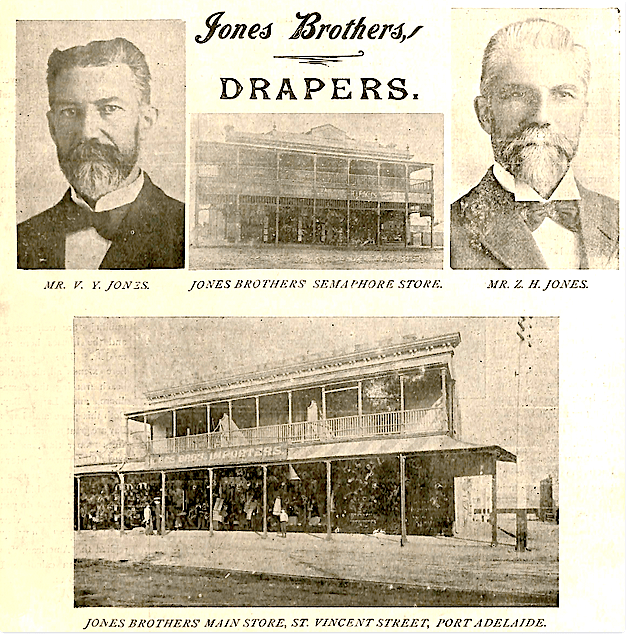
From the book “Review of Port Adelaide”, published in 1901.
K
Kmart Australia Ltd.
In 1968 G. J. Coles & Coy Limited of Australia and S.S. Kresge Company (USA) jointly started to develop Kmart stores in Australia. The first store in Burwood, Victoria was opened on 30th April 1969. Kreseg would divest its stake in Coles Myer by 1994. The Coles Group (including Kmart) has been owned by Wesfarmers since 2007.
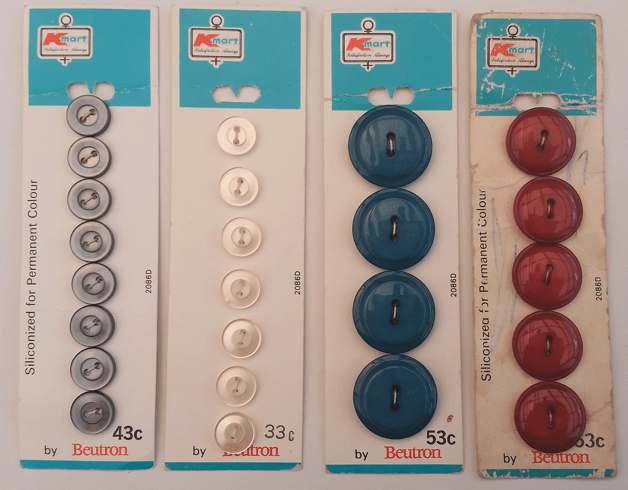
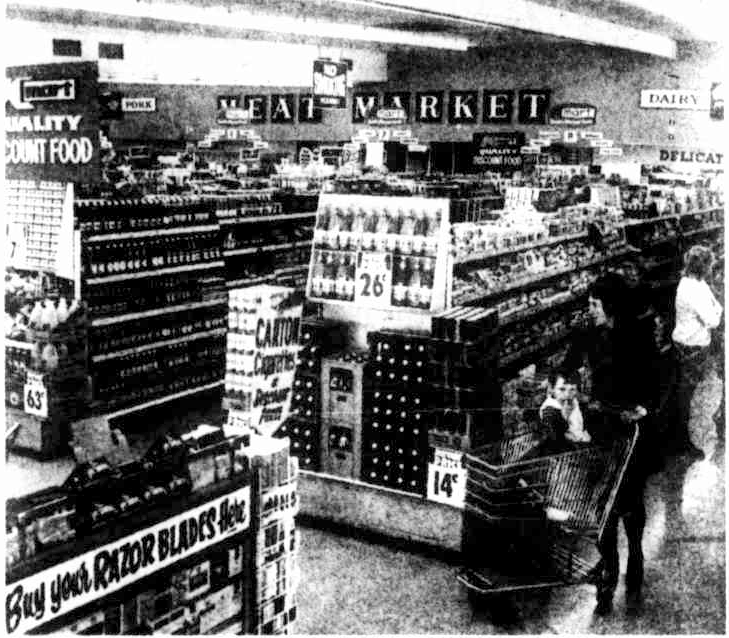
The Broadcaster (Fairfield, NSW), 21st November 1972 page 16. “Pictured is the new K mart food supermarket. In its first three years of operations Kmart (Australia) Limited opened 10 Kmart stores in five states.”
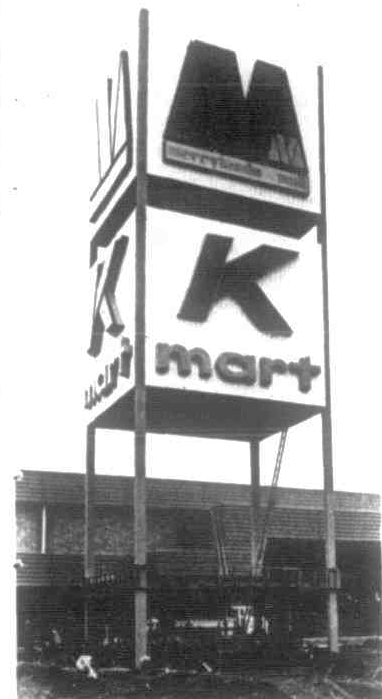
The Broadcaster (Fairfield, NSW), 11th June 1974 page 11.
L
Lincraft
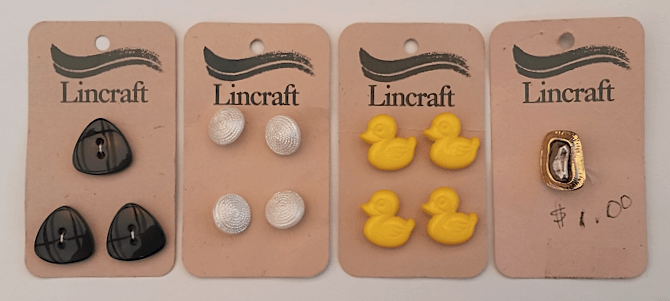

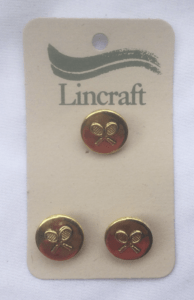
Lincraft, a haberdashery/sewing store chain, was known as Suzanne Silks from 1938 until around 1982, when the name changed to Suzannes Silks-Lincraft, then to Lincraft from 1985.
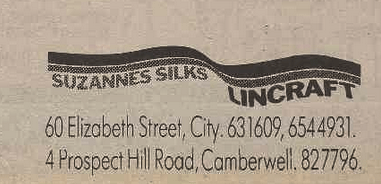
1984
In 2005 it became Lincraft Australia Pty. Ltd. under new owners. The elephant design was originally a Beauclaire design, then used by Beutron, indicating that its buttons were sourced from Beutron.
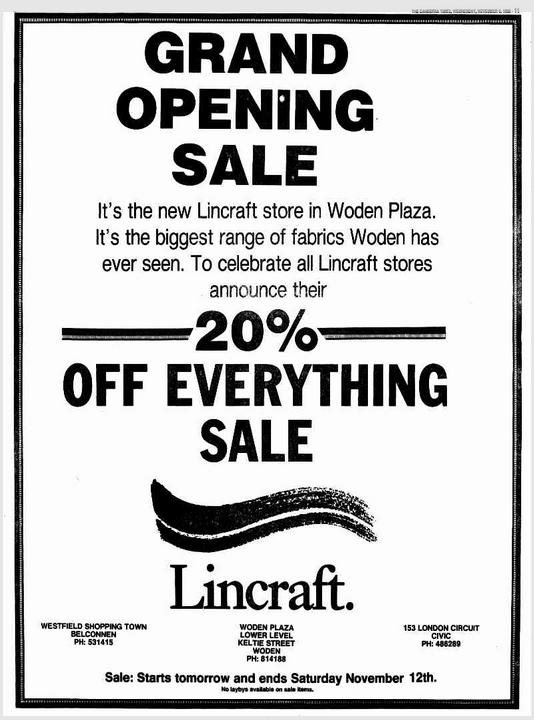
The Canberra Times, 9th November 1988 page 11.
M
Mate’s, Albury
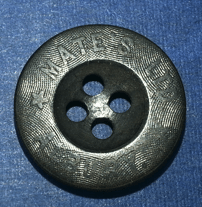
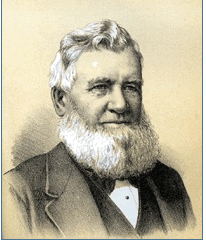
Thomas Hodges Mate (1810-1894) from the NSW Parliament website. https://www.parliament.nsw.gov.au/members/Pages/member-details.aspx?pk=361
Thomas Hodges Mate, born in Kent in 1810, came to Australia in 1833. Whilst grazing in the district, in 1850 he opened a general store at the corner of Hume and Townsend Streets, Albury, to supply the village (of approximately 100 people) and surrounding district.
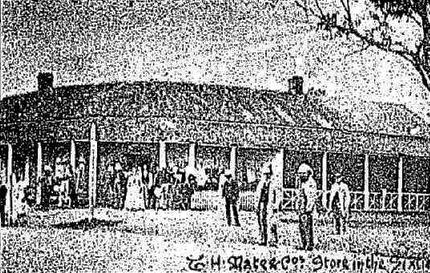
Leader (Melbourne) 2nd July 1898 page 44.
Mate was a fair boss, and ahead of the times in granting his staff a half day holiday each week as well as 2 weeks paid holidays each year. He served as a councillor, mayor and member of Parliament. He retired in 1886 and died in Sydney in 1894.
In 1946 the firm was sold to Burns, Philp & Co, and continued to trade under the Mate’s name. Mate’s was closed in 1976 when Burn’s Philp sold it to Walton’s.
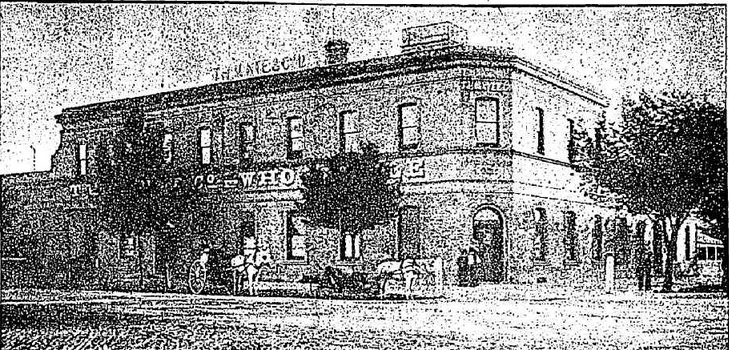
The next store, 1870-90s.
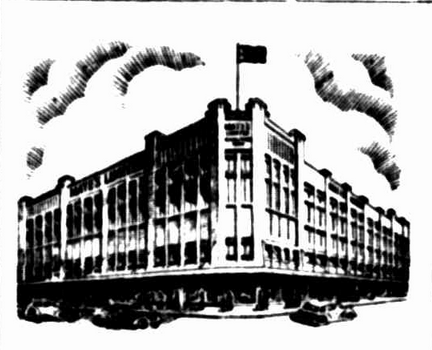
Border Morning Mail 11 Dec 1940 page 2, built around 1898.
Mutual Store, Melbourne
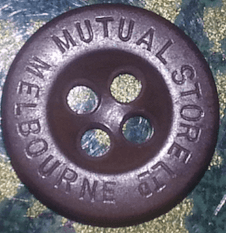
The Mutual Store Limited was Melbourne’s first department store, established in 1872. A fire destroyed the original building in 1891, but was successfully rebuilt.
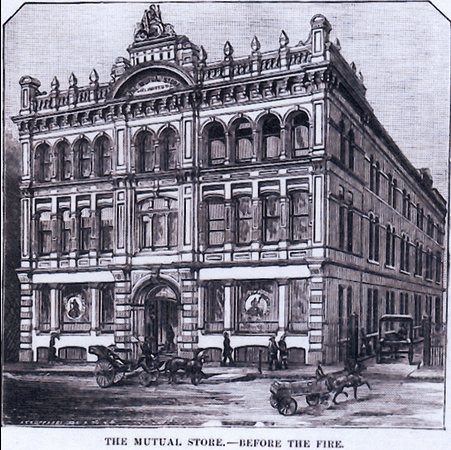
State Library Victoria
The department store traded until 1965. It was used for the Council of Adult Education for many years, and then converted into apartments.
Myers Emporium, Melbourne
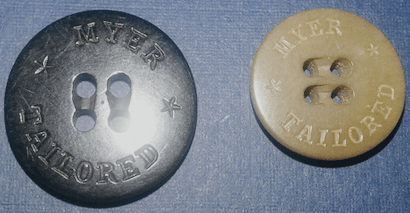
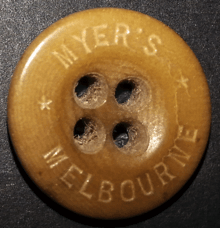
Myers sold buttons/buckles on large cards marked as registered in 1939.
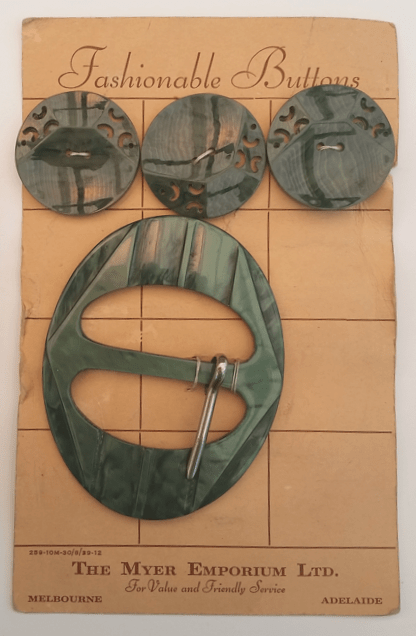
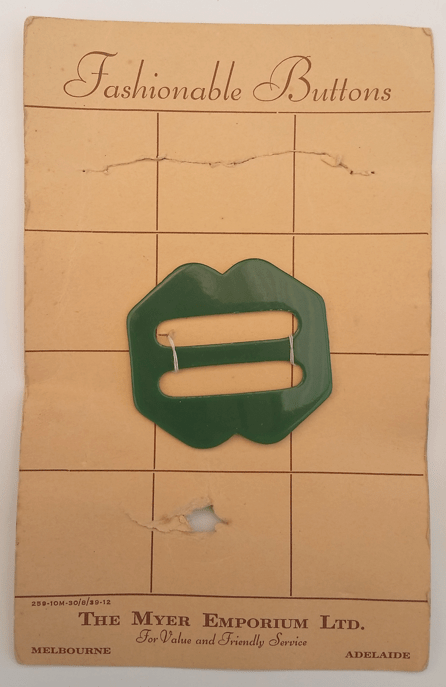
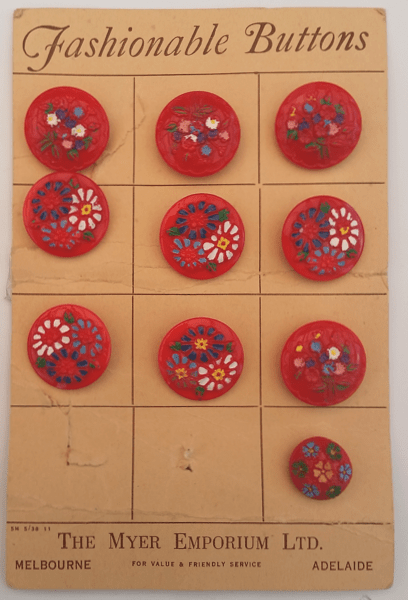
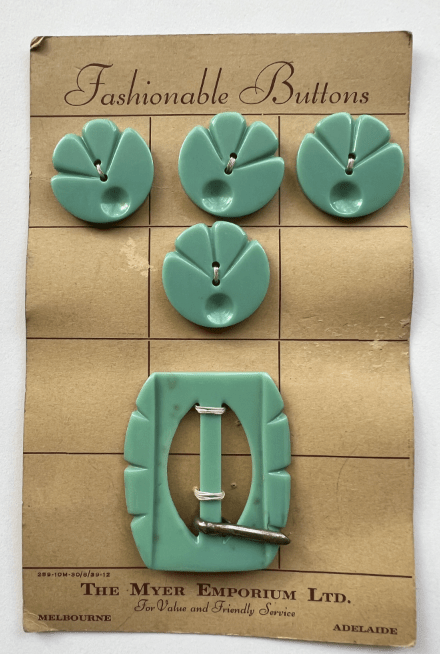
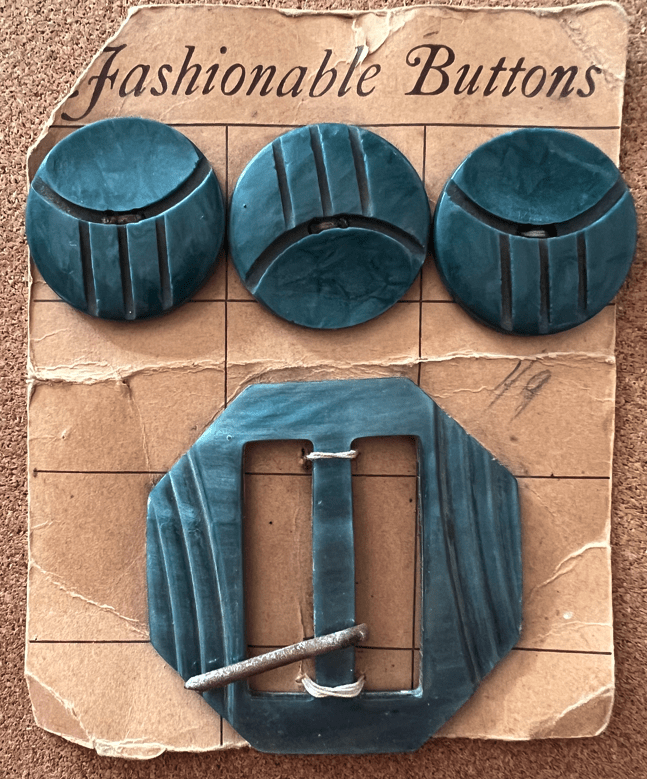

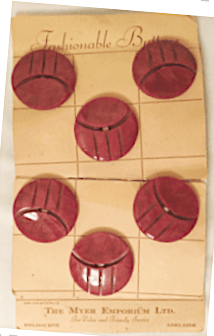
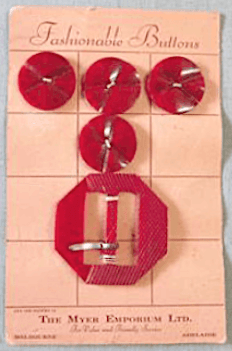
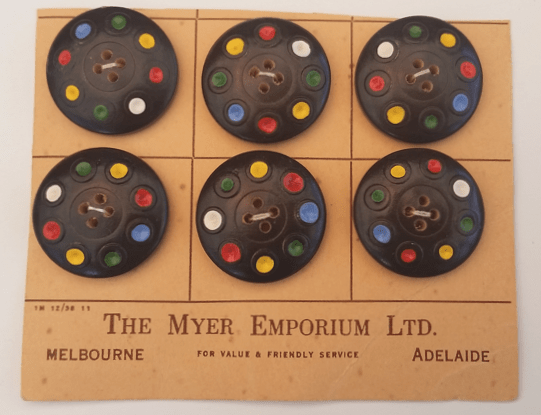
See also http://www.austbuttonhistory.com/10th-september-2023/
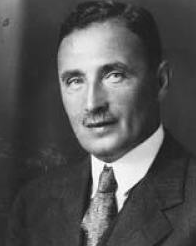
From Wikipedia: Simcha (Sidney) Myer 1878-1934
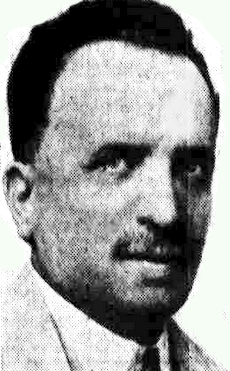
Border Watch, 26th February 1938 page 4.
Russian brothers, Sidney and Elcon Myer, started their department store empire with a single store in Bendigo in 1900, expanding to Melbourne in 1911. In 1928 they opened an Adelaide store.
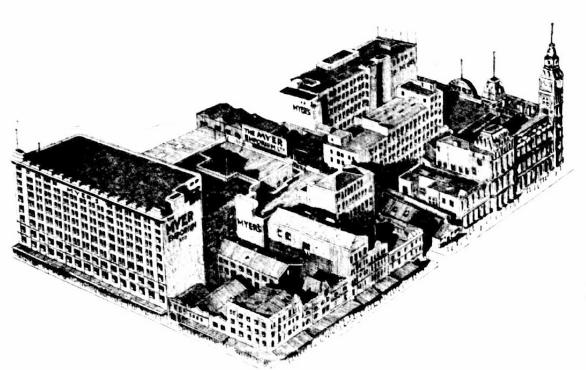
The Herald, 26th April 1930 page 8. “The great Myer Emporium with its floor area of about 25 acres.
Myers did not manufacture, but they did purchase and import directly from manufacturers. Sidney died in 1934, then in February of 1938 Elcon Boevski Myer( an elder brother of Sidney) died. He had preceded Sidney to Australia, and been involved with the business from its very start in Bendigo. A nephew, Norman Myer, would take over as the new head of the business. In September that year they held an exhibition of marble statues within the store.
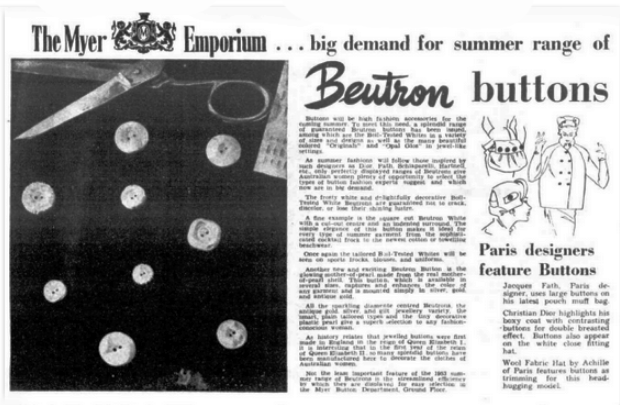
The News (Adelaide) 29th Sep 1953 page 16.
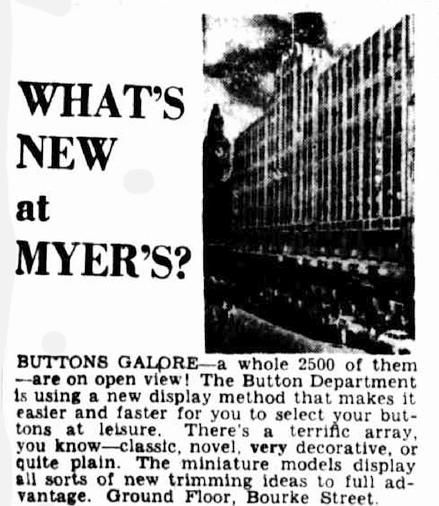
The Herald, 25th July 1953 page 11.
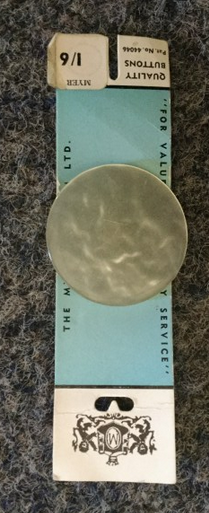
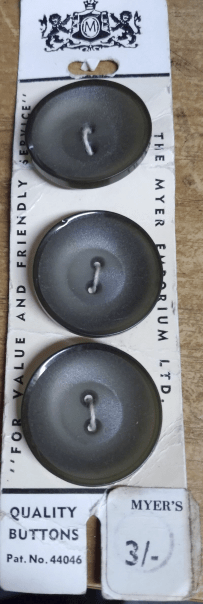
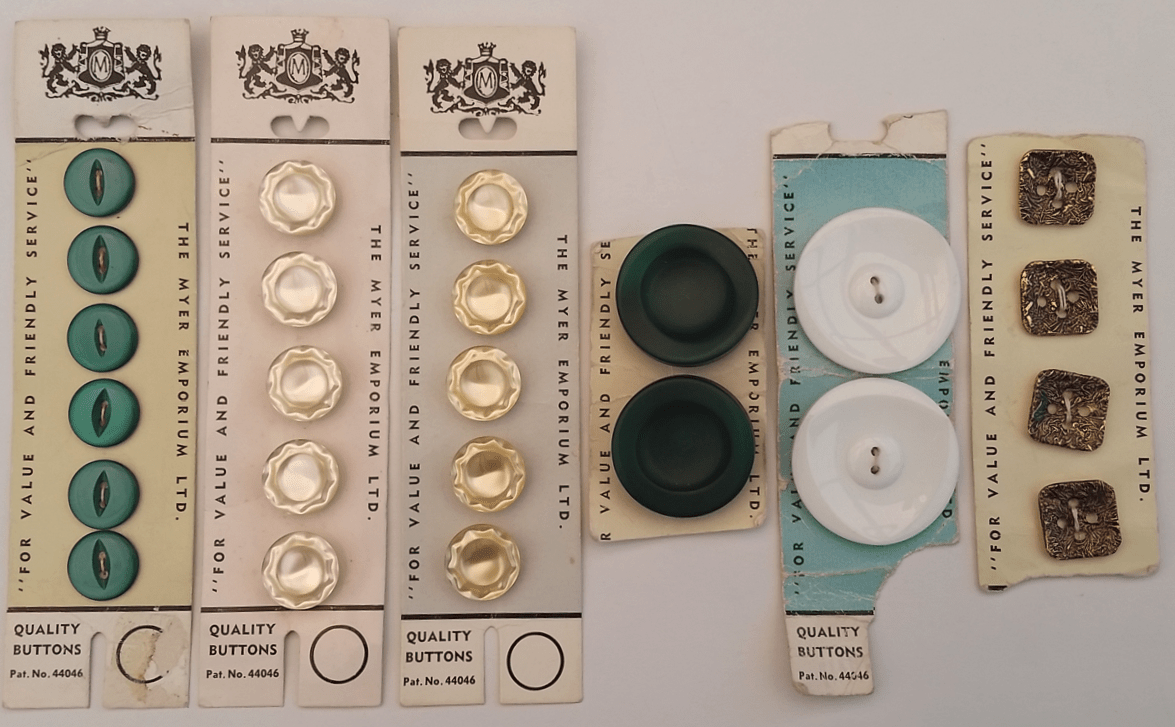
N
Nock & Kirby, Sydney
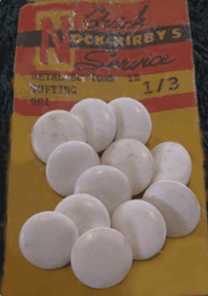
‘Metal buttons, tufting’ For upholstery perhaps?
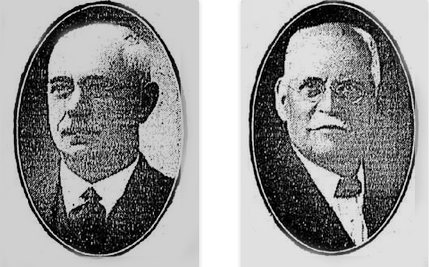
From The Daily Telegraph, 1st December 1923 page 13.
Nock & Kirby was a retail store trading in hardware and house hold goods in Sydney from 1894 until 1983. The original partners were Thomas Nock and Herbert Kirby (1870-1954). The company was acquired by Burns Philip and renamed BBC Hardware.
R
Robertson and Moffat, Melbourne
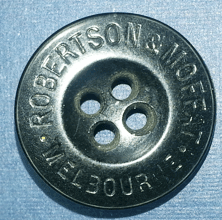
What we now know as Bourke St was originally known as Great Bourke Street from the 1840s until around 1900, and the section of Little Bourke street between Queen and Elizabeth Streets was known as Post Office Place. (This was never official, but was a widely used name from 1866.) William Robertson and William Turner Moffat came to Melbourne during the gold rush to start a drapery store in Great Bourke Street, to take advantage of those who found gold and wished to spend up big!
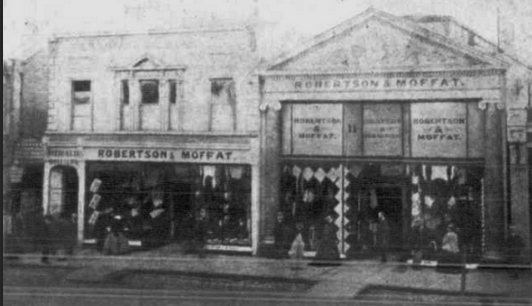
Punch (Melbourne) 27th August 1907 page 54. Robertson & Moffat, 1852.
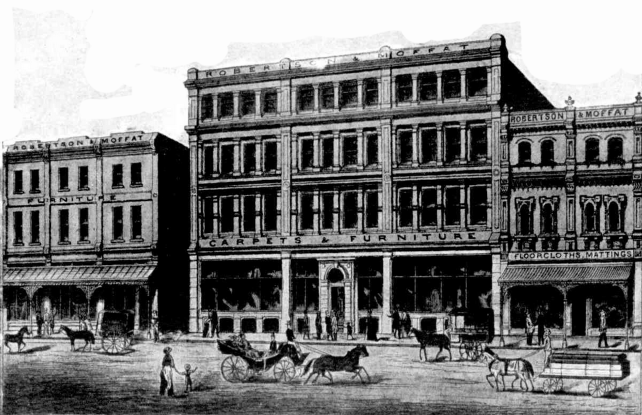
Punch (Melbourne) 27th August 1907 page 54. View from Post Office Place.
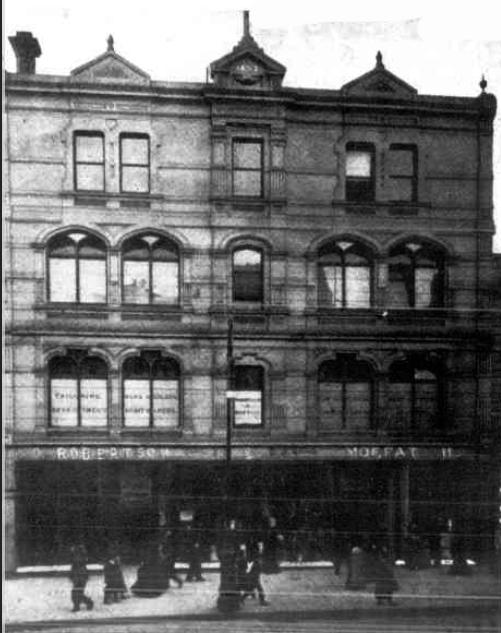
Punch (Melbourne) 27th August 1907 page 54. View from Bourke Street.
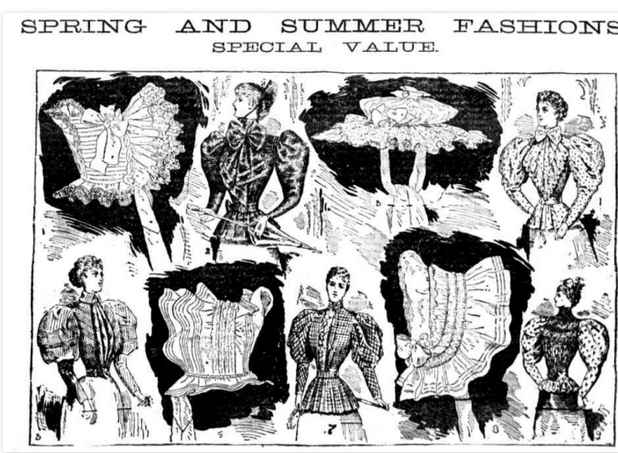
Australasian, 24th November 1894 page 39.
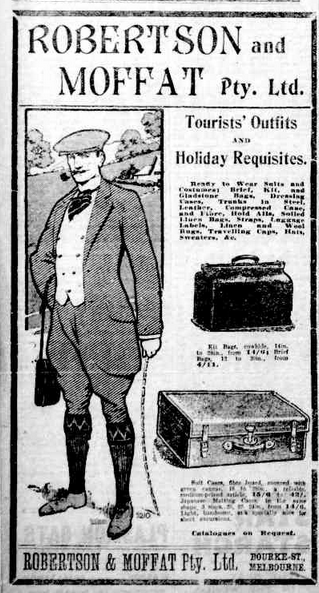
Australasian, 30th December 1911 p 38.
S
Snow’s, Melbourne
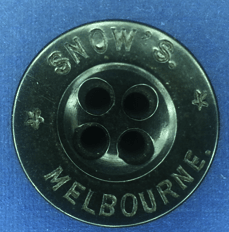
As early as 1892 John Snow and Co. “the increasingly popular and premium drapery emporium of inland Victoria” were operating in Ballarat. They grew into a department store.
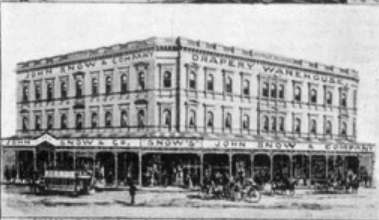
Detail from postcard in State Library of Victoria collection.
Around 1915 they opened in Flinders Street at the corner of Degraves Street, opposite the station. In 1926 they purchased the business of Lincoln, Stuart Pty. Ltd and ran the business as John Snow & Co Pty Ltd. The men’s wear department was sold in 1937 to be run as a new business, “Snow’s Men’s Wear Ltd.” by John’s sons Gordon and Sydney.
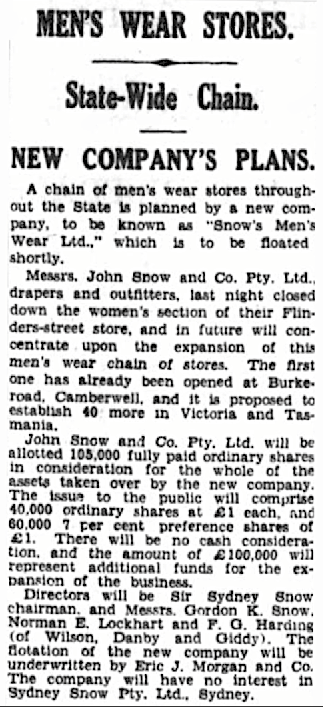
The Age (Melbourne), 5th August 1937 page 8. “Sydney Snow P/L was a successful concern run by Sydney Snow in Sydney (where-else!).
The ladies wear section of the business was closed, and the Flinders Street store occupied by Ackman’s Ltd, a furniture store. Snow’s moved next door to the old site in Flinders street, using this as its distribution centre. Later Yoralla moved into this site. This Art Deco building, although much renovated, still stands today (2021) despite developers wishing to demolish it in the past. As of June 2021, it had been bought by the State Government as a site for a safe injecting room.
Snow’s Menswear planned to expand to 40 chain stores in both metropolitan and country areas of Victoria, and did open at least 13 stores, but may have been bought out after the death of Gordon Snow in 1954.
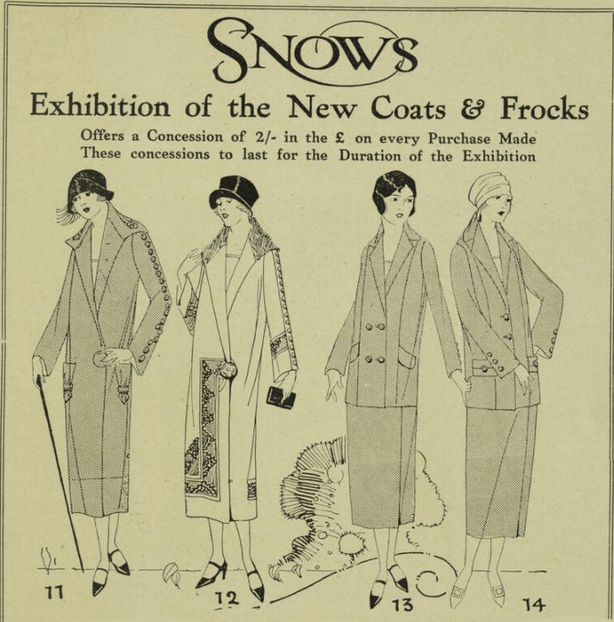
The Australian Woman’s Mirror, 31 March 1925 page 21.
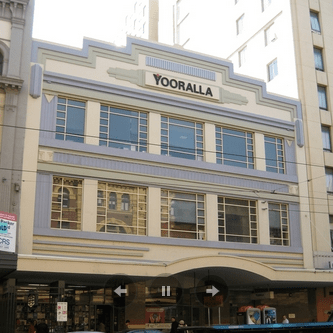
Picture from the Melbourne Heritage Action campaign to save this building.
Solomons Pty. Ltd., Geelong
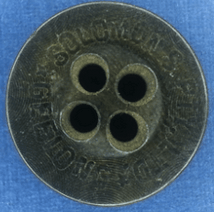
In 1944 Solomon’s department store printed a pictorial history of the Geelong area as a fund- raiser. It included its own story:
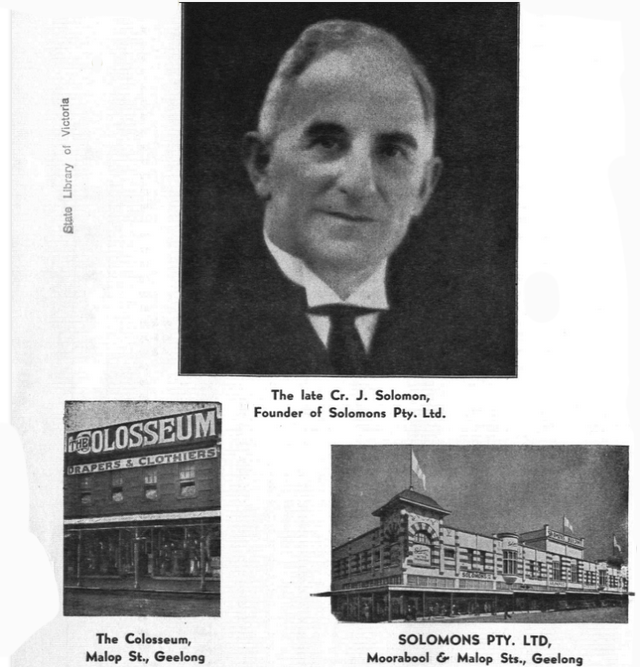
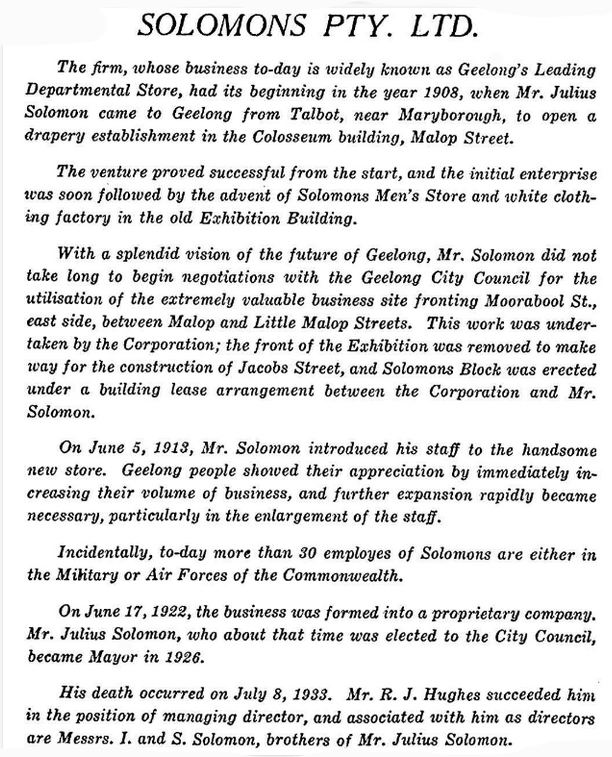
From the State Library of Victoria.
T
Target Stores
From 1926-1968 the business was called Lindsay’s, then after acquisition by Myer Emporium, were renamed Lindsay’s Target. They started opening ‘Target Stores’ from 1970. In 1973 they were renamed Target Australia. Today they are a chain of variety stores owned by the Wesfarmers group.
https://en.wikipedia.org/wiki/Target_Australia
The price of the buttons would indicate an early to late 1970s dating for these cards. Some, if not all, were supplied by Beutron. There are 4 variations of cards; the earliest with 2 rectangular holes at the top, and pricing 12-24 cents. Then there are cards with 3 holes that are priced 30-99 cents with red and gold targets. Lastly, there are “Target by Beutron” cards priced 31-90 cents.
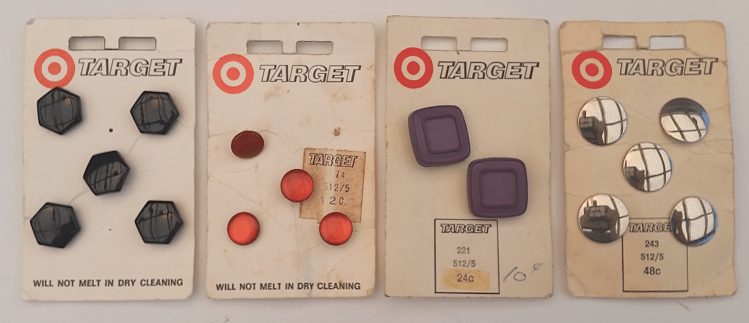
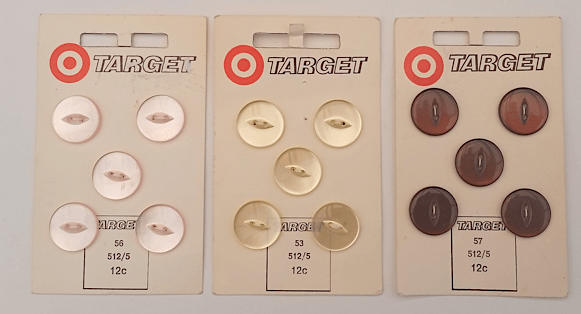
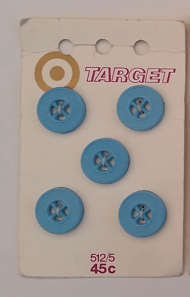
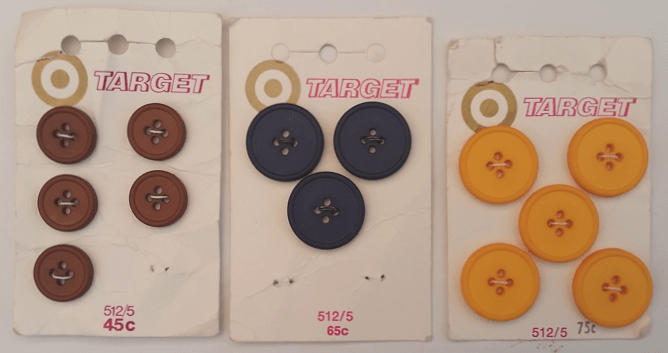
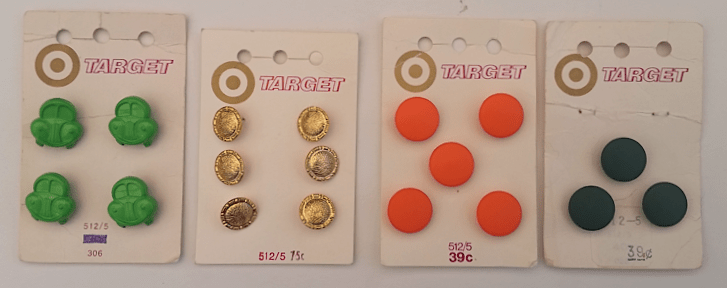
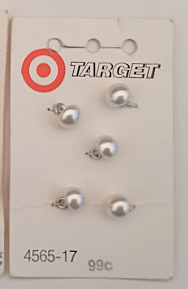
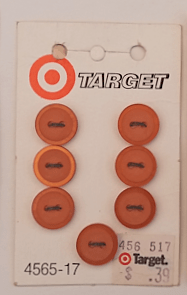
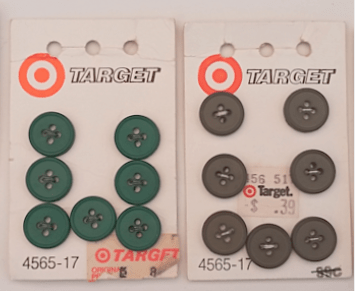
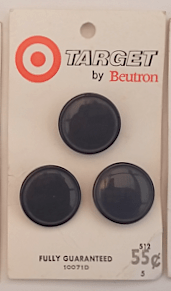
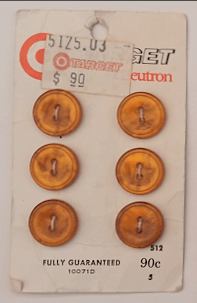
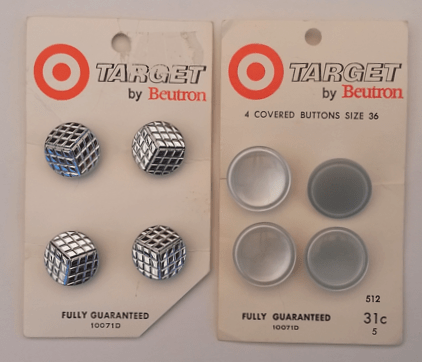
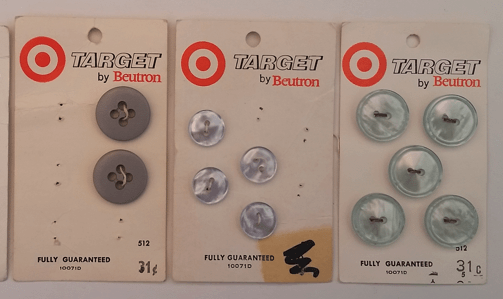
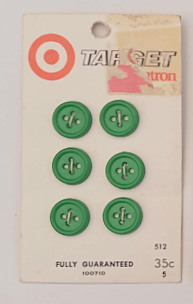
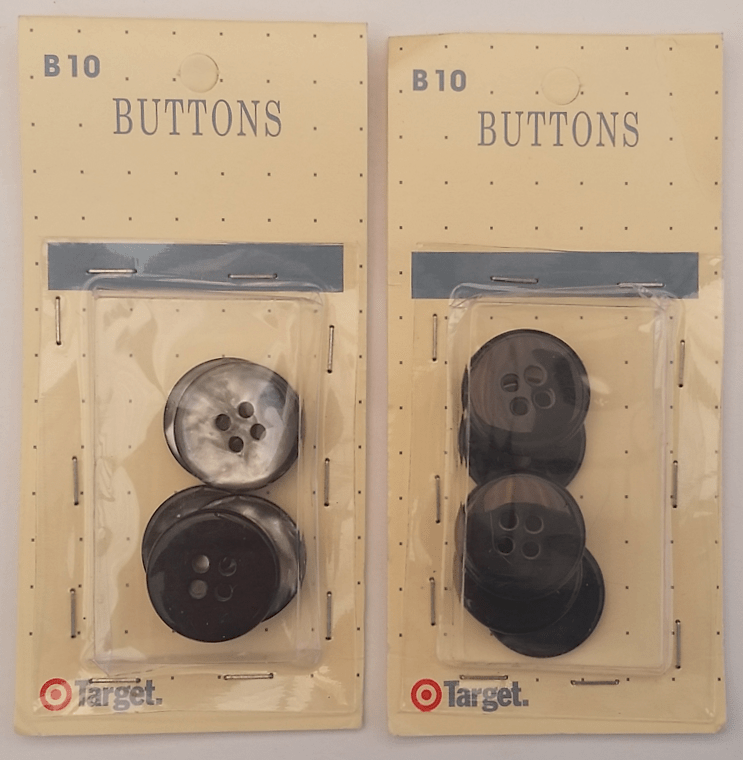
Below is a branded staff uniform button.
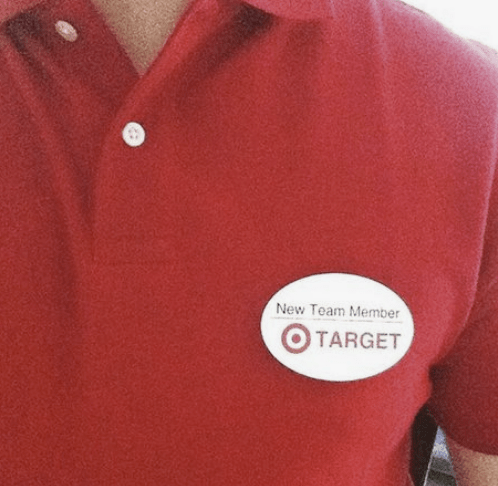
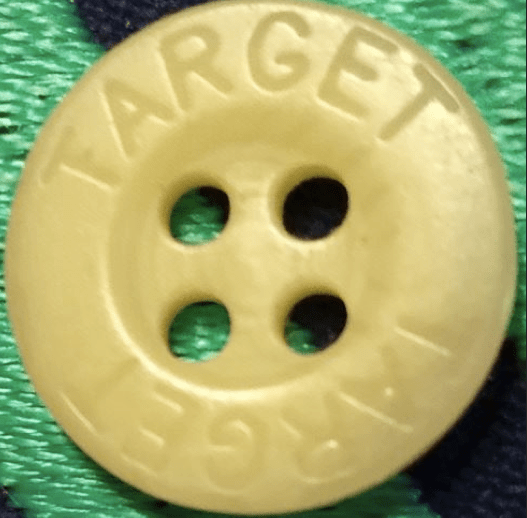
V
Venture Stores
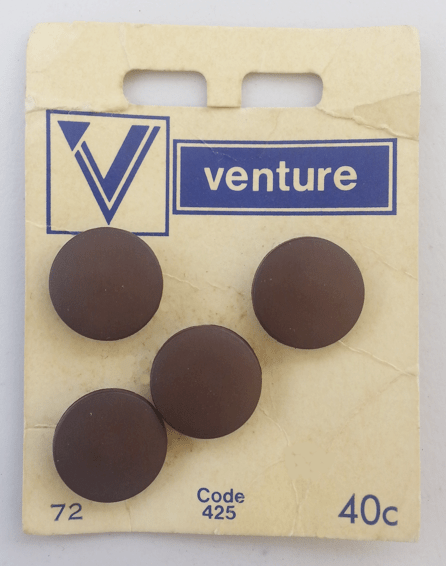
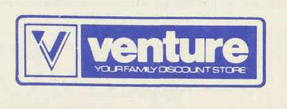
The Venture chain of department stores existed from 1970 to 1994, starting from Geelong, Victoria to spread over South Australia, Tasmania, the Australian Capital Territory, New South Wales, Victoria and Queensland. It’s story overlaps with that of many other famous department stores and businessmen.
The business was started by three former Target Store employees, Robert Lee, Robert Morris and Bernie Buckley. In 1973 the South Australian business “John Martin’s” bought into the company and eventually owned 100%. John Martin’s was bought by Solomon Lew in 1981 then later sold to the Melbourne based Cooke family. When John Martins was sold to David Jones, the Venture portion remained with the Cooke family. In 1987 Venture bought Waltons department stores.
Unfortunately, with increasing competition from larger competitors, Venture’s profitability suffered in the late 1980s, and despite being sold to new owners on two occasions, it closed in 1994.
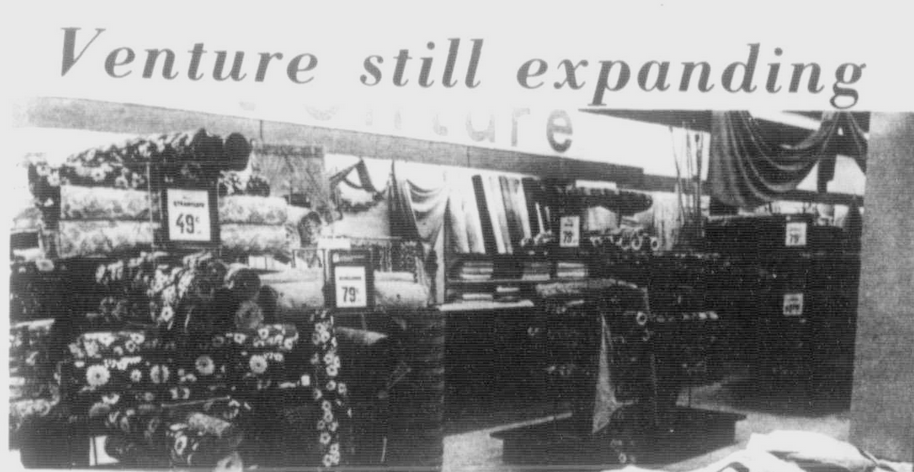
The Broad caster (Fairfield, NSW), 13th November 1973 page 13. The store focused on womens’ and childrens’ fashions as well as soft furnishings.
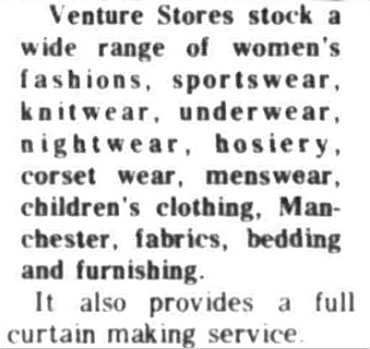
In the late 1970s they also sold cookware and small electrical appliances.
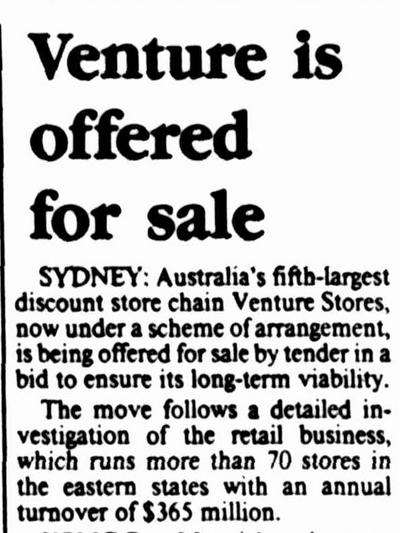
The Canberra Times, 29th May 1992 page 15. Despite restructuring, and the closing of less profitable stores, the business continued to struggle.
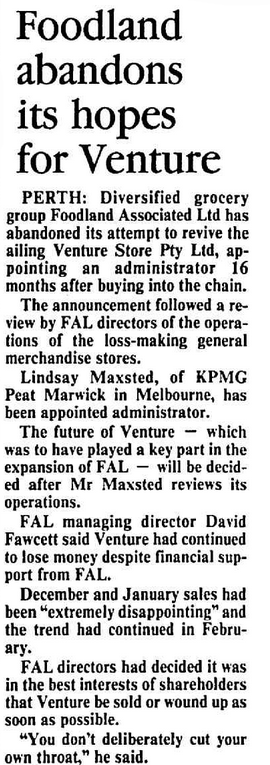
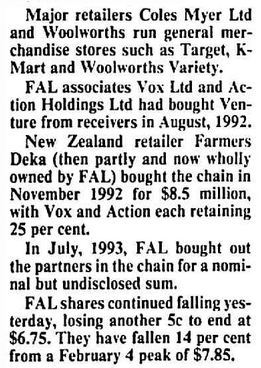
The Canberra Times, 24th February 1994 page 17.
W
Wills & Co, Adelaide
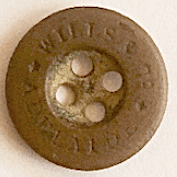
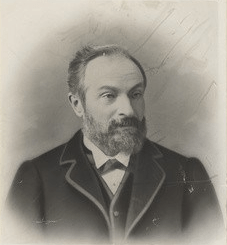
George Wills (1825-1906) founder.G. & R Wills & Co were a major softgoods wholesaler in South Australia started by brothers George (1824-1906) and Richard Wills ( 1829-1862). Richard arrived in Adelaide in 1849 with some drapery, and set up a store. They moved to Rundle Street in 1853.
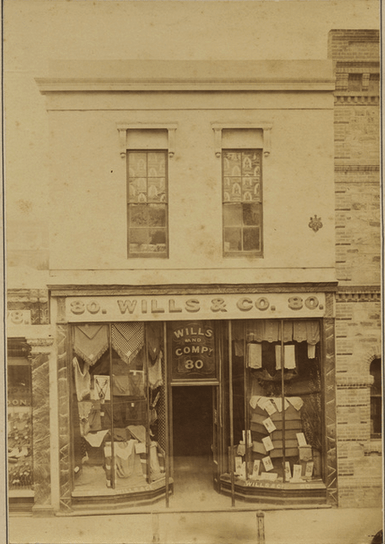
Drapery outlet at 80 Rundle Street, built in 1853.
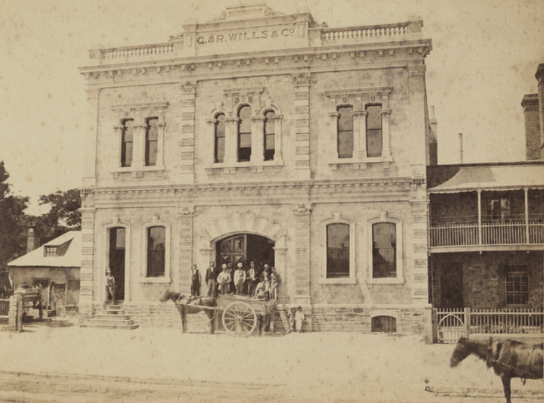
Factory on North Terrace, erected 1853. These photos, and other are from the State Library of SA.
George returned to England in 1859 to manage the purchasing for the company, leaving the Australian end of the business under the care of other partners. Unfortunately, Richard died in 1862 of typhoid. His son Kenneth would join the firm after discharge from the army in 1919. He would restructure the company, leading it through the Great Depression years. By 1922 the company had branches in Melbourne, Perth, Fremantle, Kalgoorie, Broken Hill as well as agencies in Brisbane and Sydney. In 1946 the firm was listed publicly and are still trading as wholesalers.
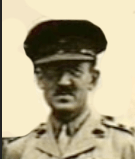
From Australian War Memorial: https://www.awm.gov.au/collection/C294493
